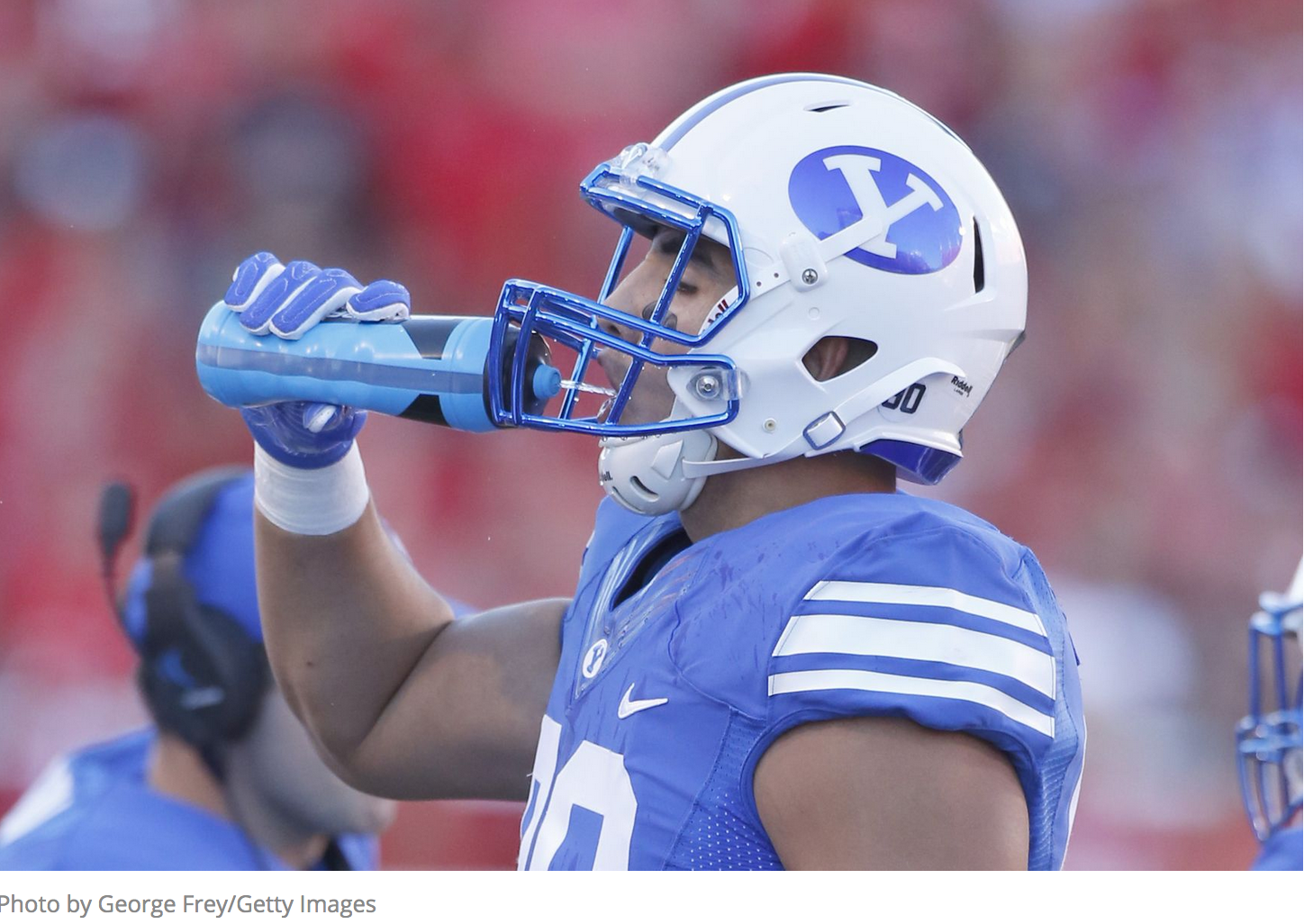by
In the mix of NCAA legislation passed Friday came a pretty major shift in the way college football teams practice, albeit one that’s been coming for a while. College teams can no longer practice full contact more than once a day.
“The Council’s action reinforces our commitment to the health and safety of our student-athletes,” said Council chair Jim Phillips, athletics director at Northwestern. “We continue to be guided by the recommendations from medical professionals, coaches and administrators and the strong support for discontinuing two contact practices in the same day.”
Yes, this is actually about player safety.
Two-a-days are just what they sound like: two practices for a football team during preseason training camps. Typically teams will do one in the morning, break for meetings and lunch, and then practice again in the late afternoon. They are a staple of the sport’s culture.
There will be a reaction from some of disdain. Just because you practiced eight times a day uphill both ways in the snow doesn’t mean that it was smart. It also doesn’t mean that today’s players should have to do the same. The romanticized nature of the way football used to be goes way back. Bear Bryant is famous for a hellish training camp before his first season at Texas A&M in 1954. There were 10 days of practice from dawn to dusk in the Texas heat to toughen players up.
“In those days real men didn’t drink water, they fed you salt tablets and those would make you sick,” Bill Schroeder, a member of the team, said in a documentary on Bryant.
Today, things are much different.
The official two-a-days ban was going to happen sooner or later, as football on all levels has seen full-contact practices reduced. The NFL banned them in 2012. And in 2014, 15 organizations including the NCAA’s concussion task force recommended that if teams were to have two-a-days in preseason, they should only have contact in one of the sessions.
In January, 16 medical organizations came back to the organization with another proposal that included doing away with full-contact two-a-days completely and made it clear that if teams do have second sessions, they should be walk-throughs or meetings. There are no helmets, pads or conditioning activities allowed in walk-throughs. The key is reducing exertion and promoting recovery.
Recovery is multi-dimensional, and proper recovery not only decreases the risk of exertional heat illness and overuse injuries, but also plays an important role in decreasing the risk of exertion after repetitive head impact exposure or possible concussion. In this regard, football is different from other sports where an initial practice does not involve potential repetitive head impact or concussion. Thus, the benefit of improved conditioning and technique mastery from two-a-day practices must be mitigated by the increased risk of catastrophic injury and concussion.
This time they were joined by the American Football Coaches Association, the National Football Foundation, the NCAA Football Oversight Committee, and the NCAA Football Rules Committee USA Football. That January proposal was voted on and accepted Friday by the Division I Council. Balancing player workload has also been an awkward issue for the NCAA in court. In an effort to compensate for it, teams are allowed to start training camp a week earlier to further spread the practice schedule out.
Two-a-days were already being phased out in college.
For instance, in 2015 Bret Bielema stopped doing them at Arkansas. Georgia Tech nixed them last offseason. And others scaled the practice back, like in 2015, when Georgia only scheduled one day of them, and it was rained out.
The paradigm has shifted to be smarter about how players train in a violent sport. You’ll never take all the contact out of the game, but reducing it is important to player safety.


Recent Comments